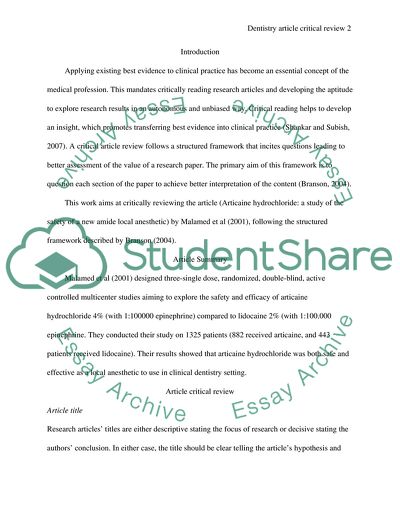Cite this document
(The Safety of a New Amide Local Anesthetic Article, n.d.)
The Safety of a New Amide Local Anesthetic Article. Retrieved from https://studentshare.org/medical-science/1725563-critical-review-of-dentistry-article
The Safety of a New Amide Local Anesthetic Article. Retrieved from https://studentshare.org/medical-science/1725563-critical-review-of-dentistry-article
(The Safety of a New Amide Local Anesthetic Article)
The Safety of a New Amide Local Anesthetic Article. https://studentshare.org/medical-science/1725563-critical-review-of-dentistry-article.
The Safety of a New Amide Local Anesthetic Article. https://studentshare.org/medical-science/1725563-critical-review-of-dentistry-article.
“The Safety of a New Amide Local Anesthetic Article”, n.d. https://studentshare.org/medical-science/1725563-critical-review-of-dentistry-article.


